These abandoned palaces in Europe will take your breath away
Grand estates that stand deserted

With their towering turrets, grand entrances and beautiful courtyards, it's hard to understand how these exquisite European palaces ended up deserted by their owners. Shrouded in mystery and left to weather the sands of time, these abandoned stately buildings are hiding a treasure trove of secrets within their eerie walls. Click or scroll through and let's take a look inside...
19th-century chateau, Burgundy, France
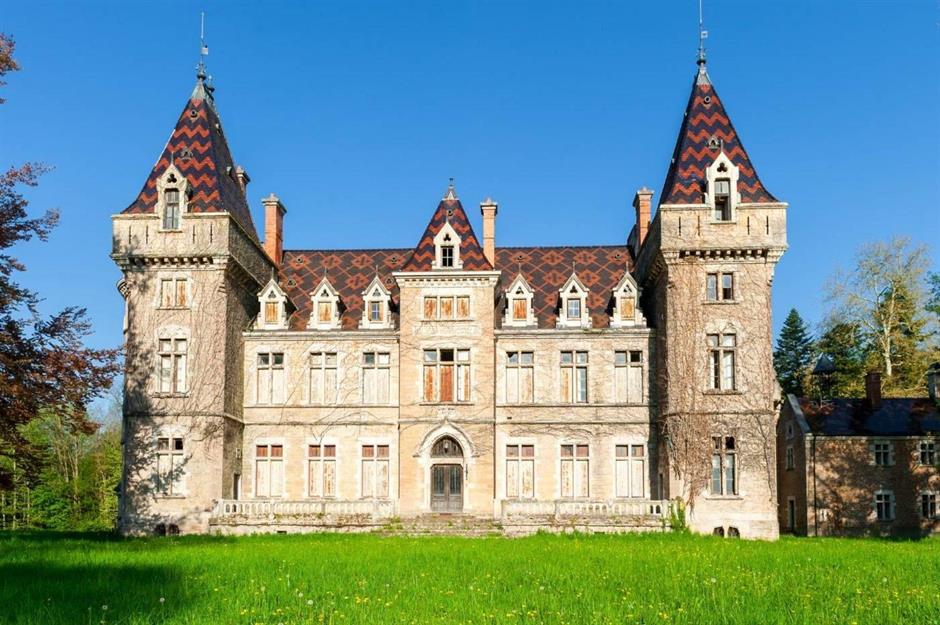
Nestled on 580 stunning acres of land in the heart of Burgundy, France, this estate dates back to the 11th century but fell to ruins in 1781. Rebuilt in the 19th century, the chateau and its surroundings have now been declared a historical monument and were put on the market in 2020.
19th-century chateau, Burgundy, France
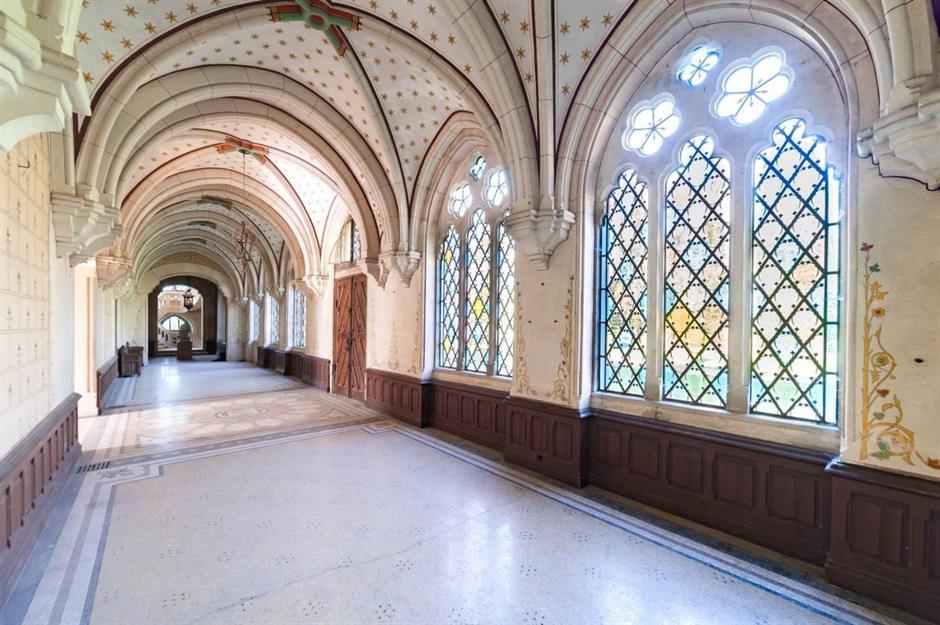
19th-century chateau, Burgundy, France
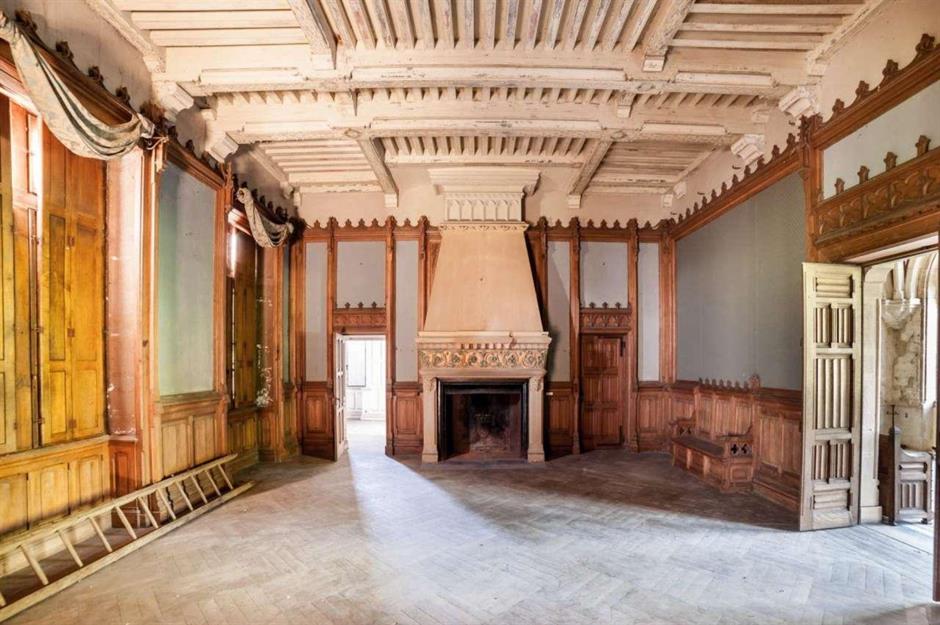
Luckily, the chateau has been well-preserved, a result of the high-quality building materials used in its construction. Every room is spacious and light-filled, thanks to oversized windows and generous ceilings. There's a magnificent vaulted gallery, a grand dining room and a timber-clad library, all of which retain striking period features, including bespoke stained-glass windows, ornate cornicing, marble floors, decorative fireplaces and timber panelling.
19th-century chateau, Burgundy, France
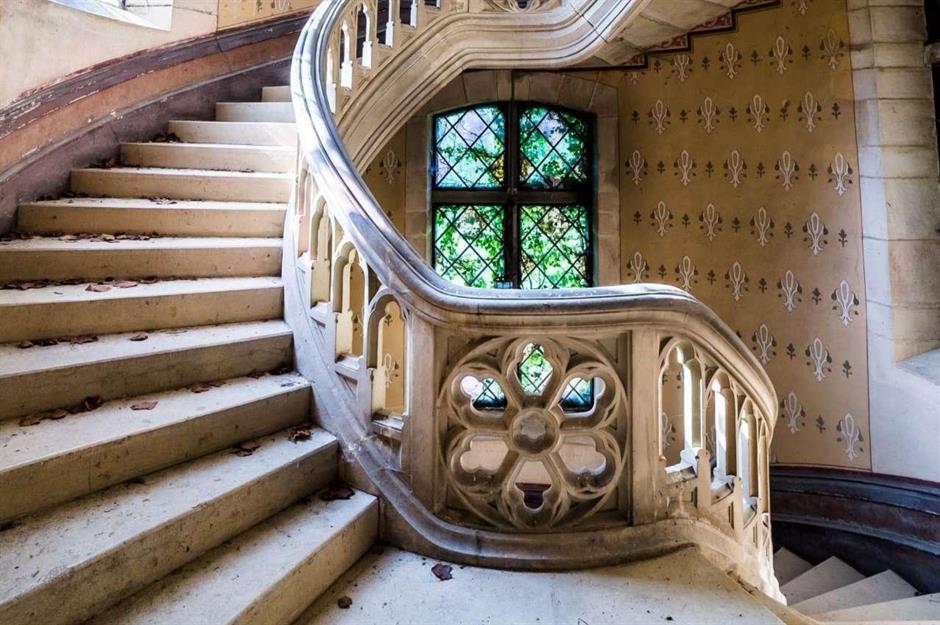
The estate also offers an 18th-century mansion, a caretaker's cottage, a large barn, a clock tower building, an orangery, numerous abandoned outbuildings, a keep and a private chapel. The garden is home to endless parks and meadows, as well as a golf course that's just waiting to be put to use. As far as historic palaces go, this exquisite chateau is pretty magnificent.
Quinta da Torre de Santo António, Lisbon, Portugal
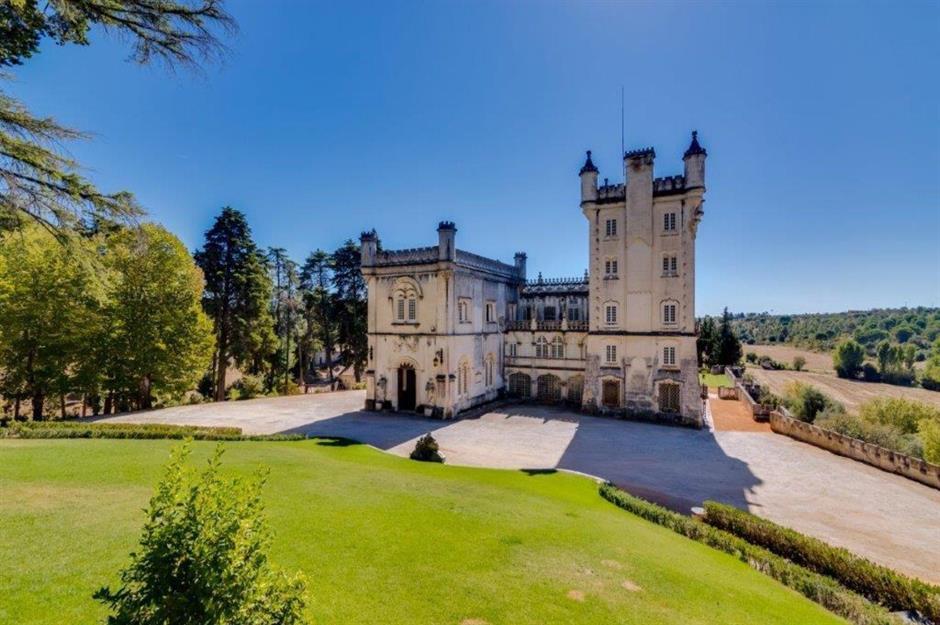
Regal and majestic, this heritage palace epitomises the classic silhouette of a fairytale castle. Situated on 148 acres of land on the outskirts of Lisbon, Portugal, the period property was constructed in 1800 and while it's since been abandoned, it still retains many of its striking original features. With 17 bedrooms and 10 bathrooms, the palace boasts almost 22,000 square feet of inside space in need of rescue.
Quinta da Torre de Santo António, Lisbon, Portugal
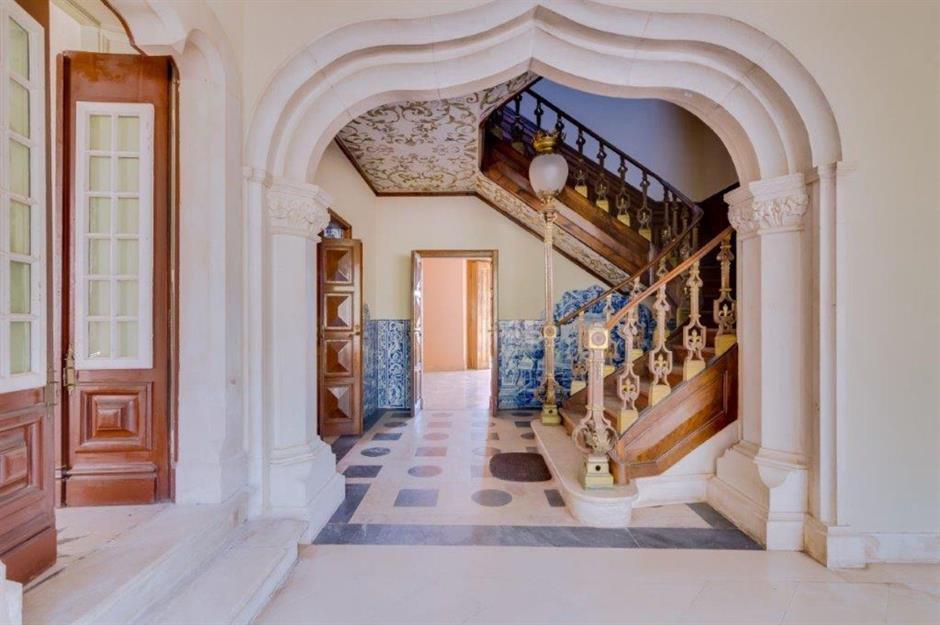
Known as Quinta da Torre de Santo António, the property is an important local landmark and sits on a scenic plateau in the countryside, allowing for stunning panoramic views from almost every room. A fine example of classic neo-Manueline architecture, the castle comes with its own chapel, as well as numerous covered balconies, a prominent tower, stone arcading and elegant turrets.
Quinta da Torre de Santo António, Lisbon, Portugal
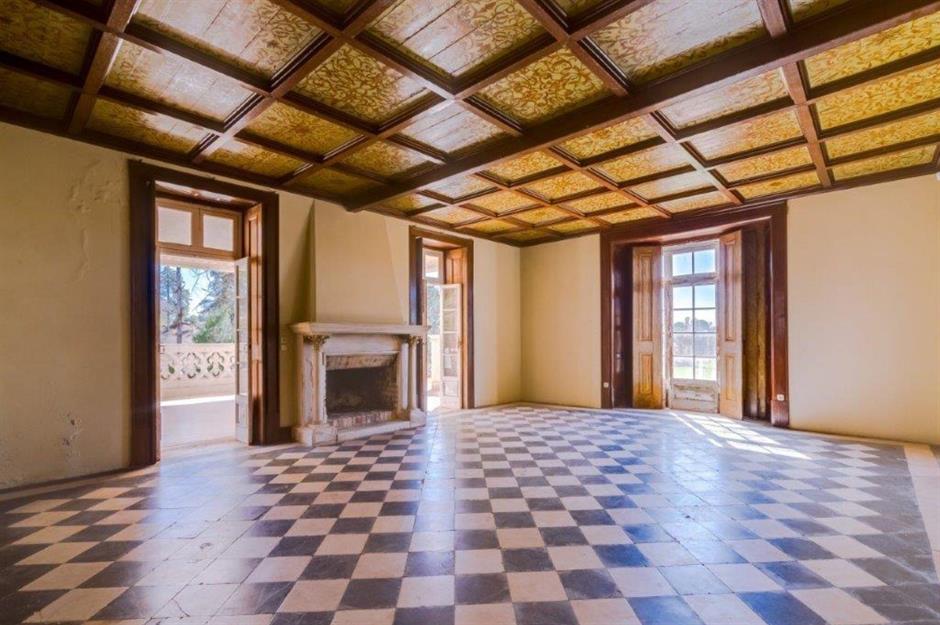
A grand atrium opens up to a great hall featuring neo-Mudéjar tiles and walls decorated with tapestries. There are bespoke coffered ceilings with painted murals, marble and bronze fireplaces, and refined marble columns. A staircase leads to the upper floors and features bronze balustrades and baroque tiled panels from the first half of the 18th century, as well as Manueline mullion windows. Elsewhere, you’ll find golden bronze lamps, stained-glass windows and gilded details.
Quinta da Torre de Santo António, Lisbon, Portugal
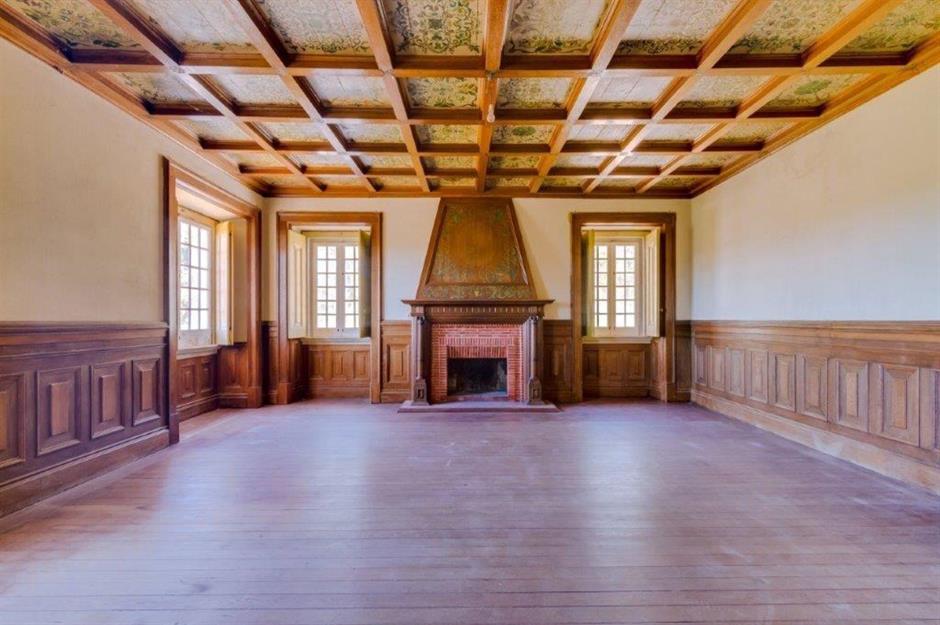
Listed for sale in 2020, the palace is surrounded by gardens and woodland and comes with stables, coach houses and numerous servants’ quarters. The Jardim Velho (Old Garden) was created by the famous French gardener Pedro Maurier and features highly decorative hedges, lawns and beds.
Vitzenburg Castle, Saale-Unstrut, Germany
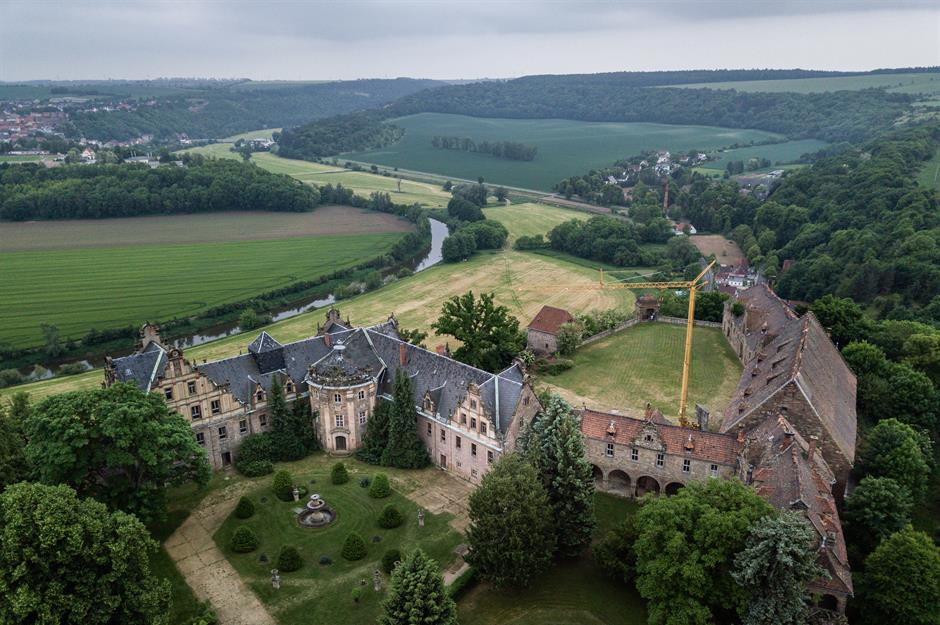
This mysterious castle in the town of Querfurt, Germany, is located high up on an old vineyard, surrounded by beautiful landscapes in the middle of the famous wine-growing region of Saale-Unstrut. A dream vineyard estate, the neo-Renaissance-style building has mysteriously been left deserted by its owners.
Vitzenburg Castle, Saale-Unstrut, Germany
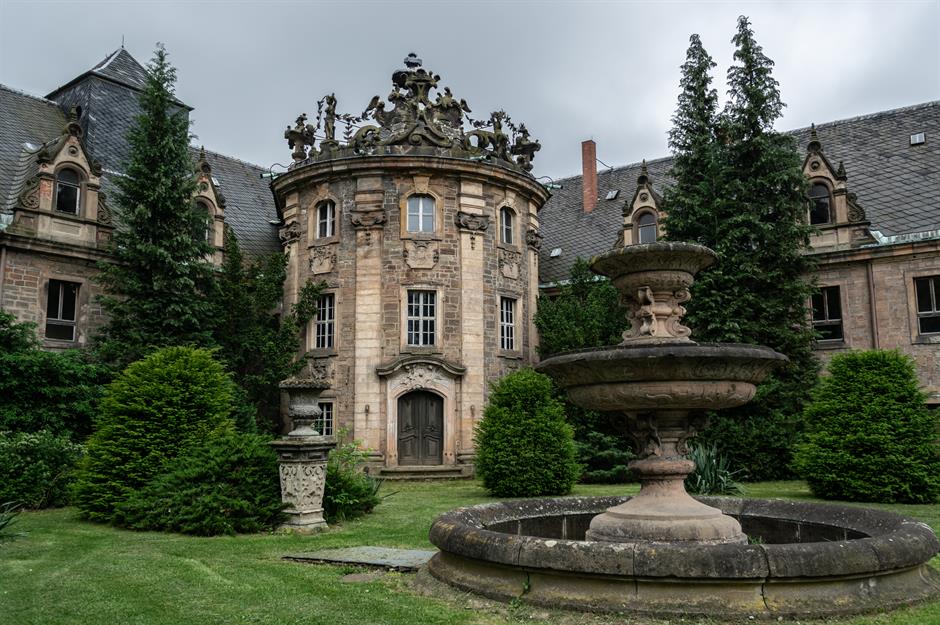
Reportedly founded more than 1,000 years ago, the castle has had many uses over the decades, including a nunnery and a sanctuary for refugees during the Second World War. A landmark of the region, Vitzenburg Castle now sits abandoned and empty despite reportedly acquiring a new owner in 2004.
Vitzenburg Castle, Saale-Unstrut, Germany
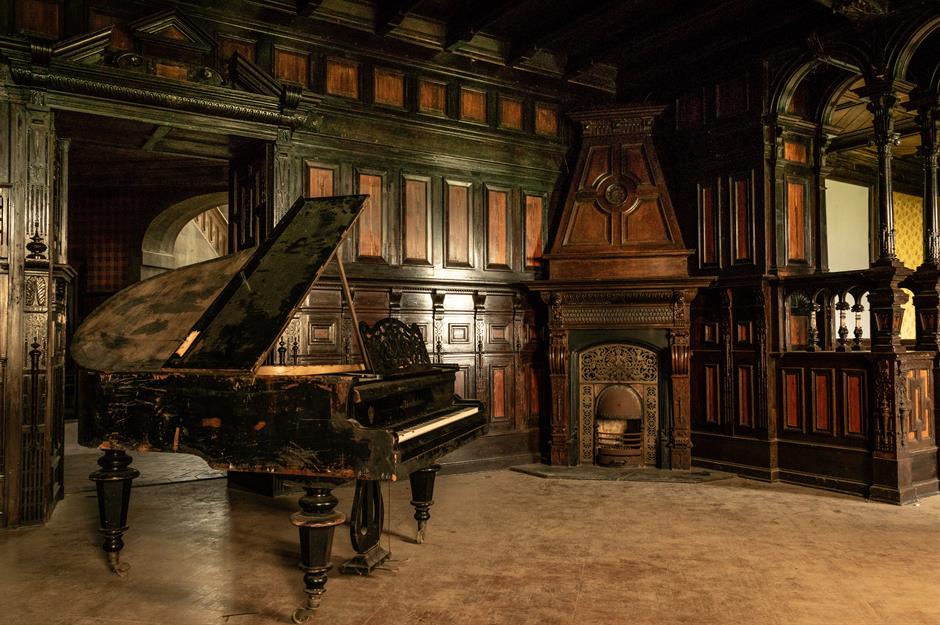
As well as many grand rooms, the castle has a spacious inner courtyard and horse stables. With long hallways and empty rooms, traces of decay can be found throughout the whole building. This grand piano looks like it has seen better days but the opulence of the interior is still clear to see.
Vitzenburg Castle, Saale-Unstrut, Germany
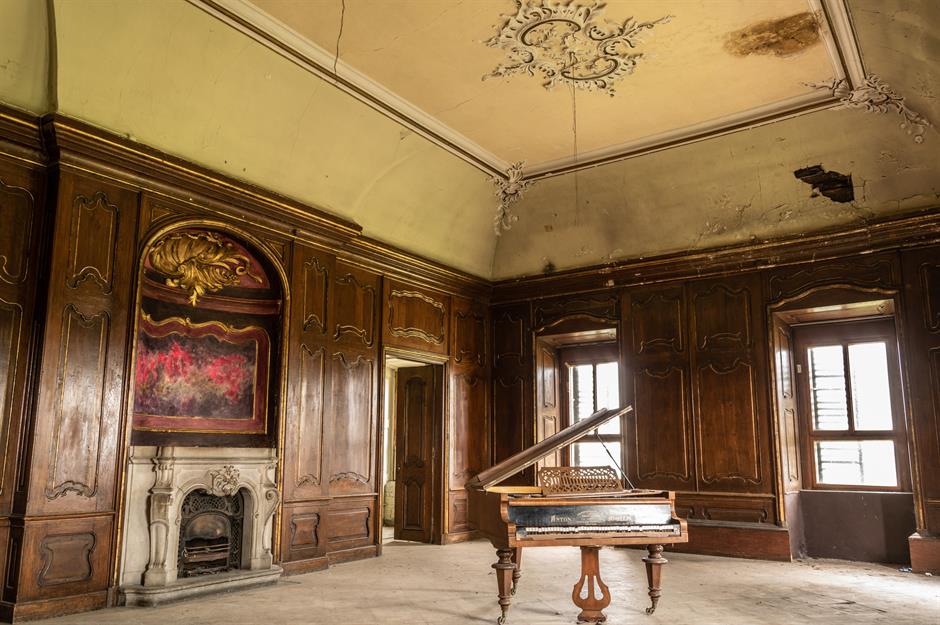
This parlour with a high stuccoed ceiling would once have been the perfect place for high-class parties but time has taken its toll on the vulnerable wood panelling. Today, Vitzenburg is in a poor state of repair, with damp creeping in and wires left hanging from the ceiling.
Dacha Kvitko, Sochi, Russia
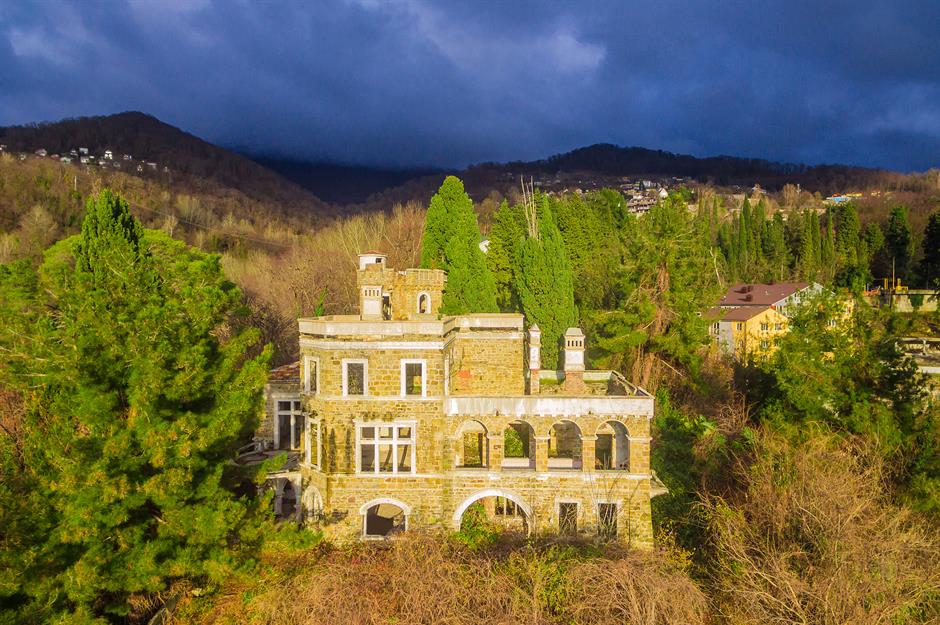
The history of this crumbling abandoned mansion in Sochi, Russia remains somewhat of a mystery. Located on the shores of the Black Sea along a coastal road, the building is said to date back to the turn of the 20th century. A dacha is a Russian summer house and many well-to-do families would escape the heat of the city to go to their second homes in the country.
Dacha Kvitko, Sochi, Russia
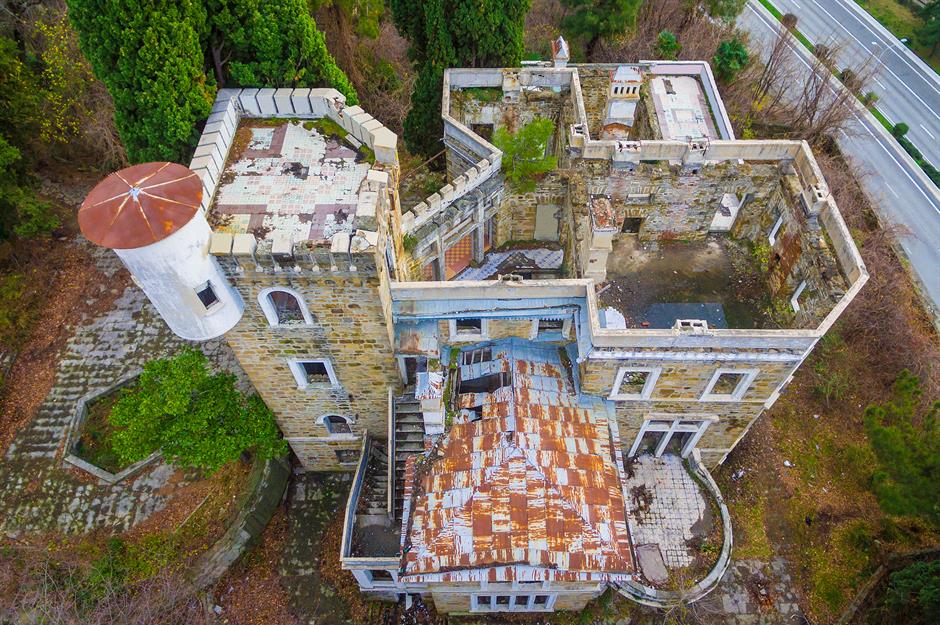
Today, for unknown reasons, the mansion has been abandoned and left open to the elements. With a crumbling façade and roof, the mansion is surrounded by overgrown weeds and is in need of some serious TLC. During the Soviet era, many of these houses were taken by the state and distributed to high-ranking Communist Party officials.
Dacha Kvitko, Sochi, Russia
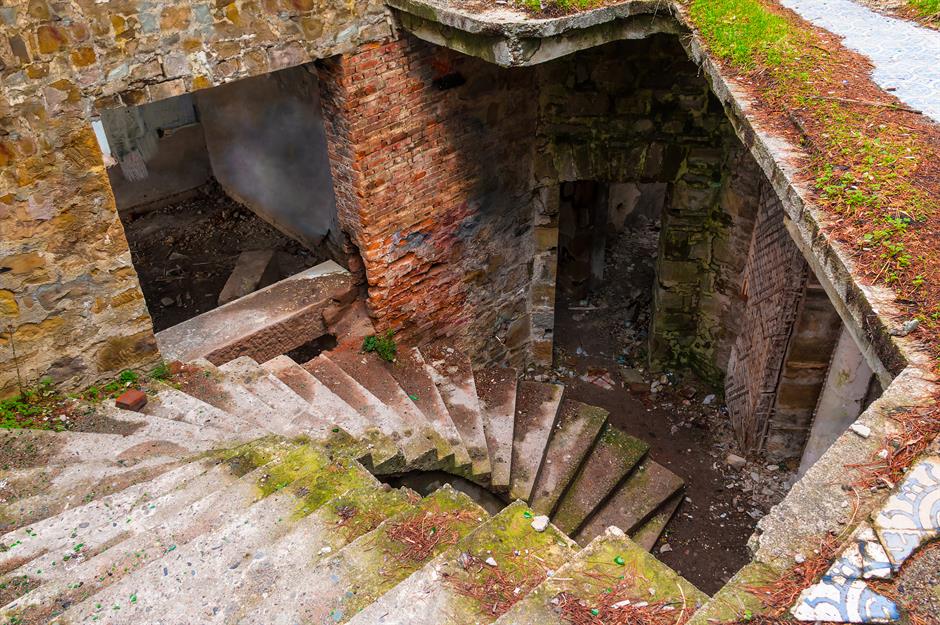
Without windows, the inside has been overtaken by nature and is now full of crumbling bricks, rubble and rubbish. This staircase, which once might have been a grand addition, has been stripped of its former grandeur apart from a small patch of tiles at the top that hints at how it once would have looked.
Dacha Kvitko, Sochi, Russia
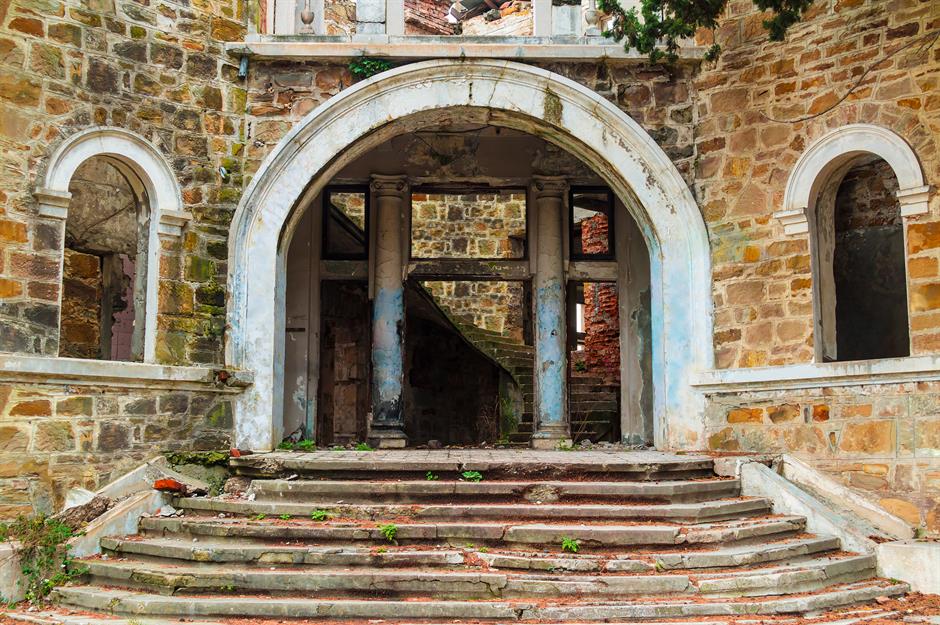
The entrance to the once-grand mansion is now crumbling and falling apart and, without a front door, it's open to the elements. The paint of the once-blue columns is fading and peeling and the sweeping interior staircase now leads to nowhere.
Mesen Castle, Lede, Belgium
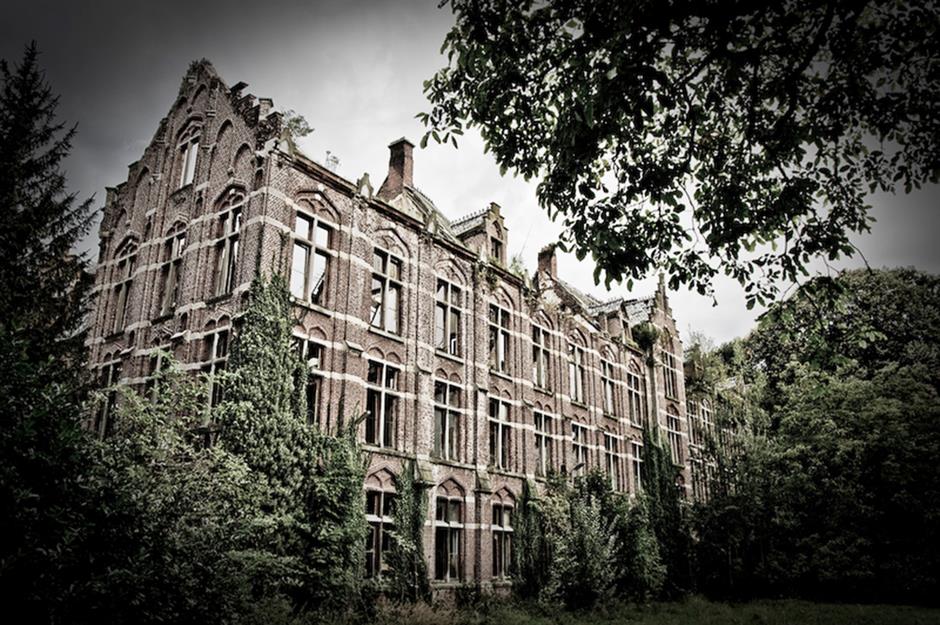
Sitting partially ruined and completely abandoned is Mesen Castle in Lede, Belgium. With its Doric colonnade, complete with a balustrade, pediment and large family crest, this stately home is considered one of the most important buildings designed by Italian architect Giovanni Niccolò Servandoni. Originally owned by the aristocratic Bette family until the 18th century, it was then used as a gin distillery, tobacco factory and sugar refinery until it was turned into a boarding school in 1897.
Mesen Castle, Lede, Belgium

Known locally as Kasteel van Mesen, this grand house was the seat of the Marquess of Lede and considered one of the most important Belgian noble houses of the time. A neo-Gothic chapel was added to the grounds during its time as a boarding school before it eventually closed down, leaving the castle to decay. Now belonging to the Belgian Ministry of Defence, who estimated that the restoration would be too expensive to carry out, it has been the target of looting and vandalism.
Mesen Castle, Lede, Belgium
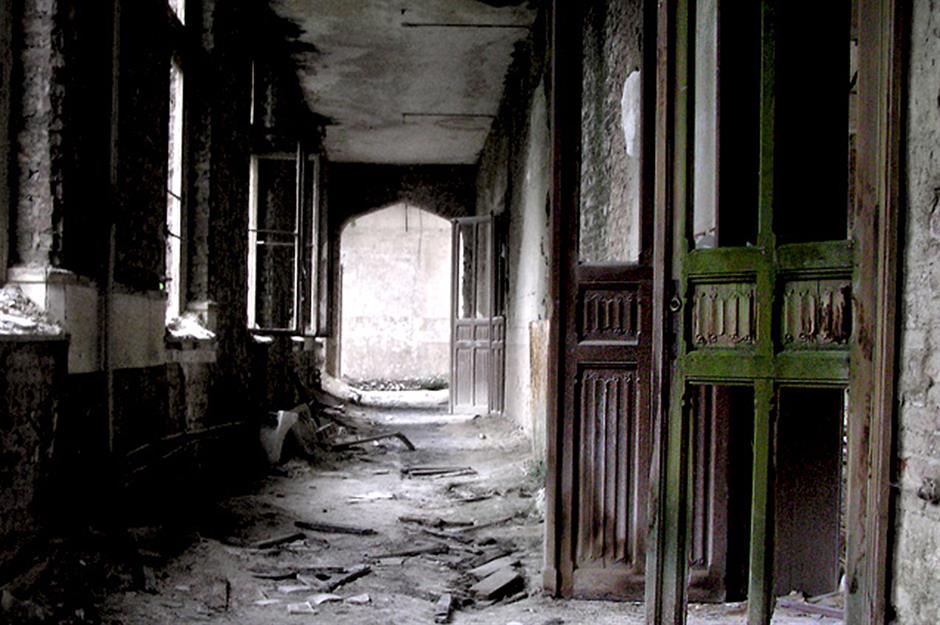
There are several outbuildings surrounding the huge abandoned castle, including the chapel, orangery, and stables. Inside, the house has become a shell of its former self, with signs of any opulence now covered in dust and years of neglect. Here, a green door hints at the original grandeur of this hallway.
Mesen Castle, Lede, Belgium
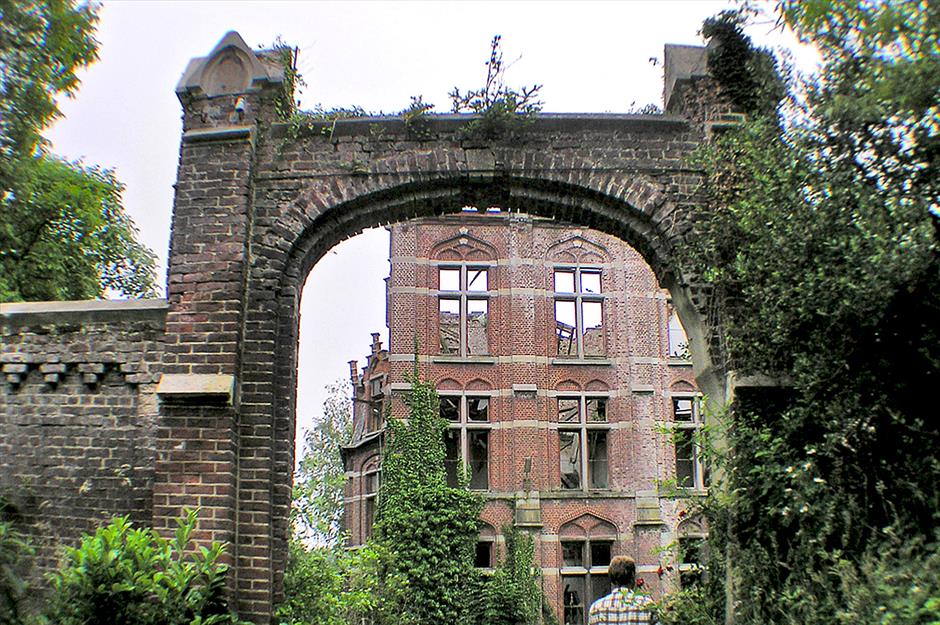
These ruins are all that's left of the once-imposing house. After a battle between the government and conservationists wishing to protect the castle, the building was demolished in 2010. A small part of the main façade still stands today in a local park, alongside the foundations of another wing.
Cambusnethan House, North Lanarkshire, UK
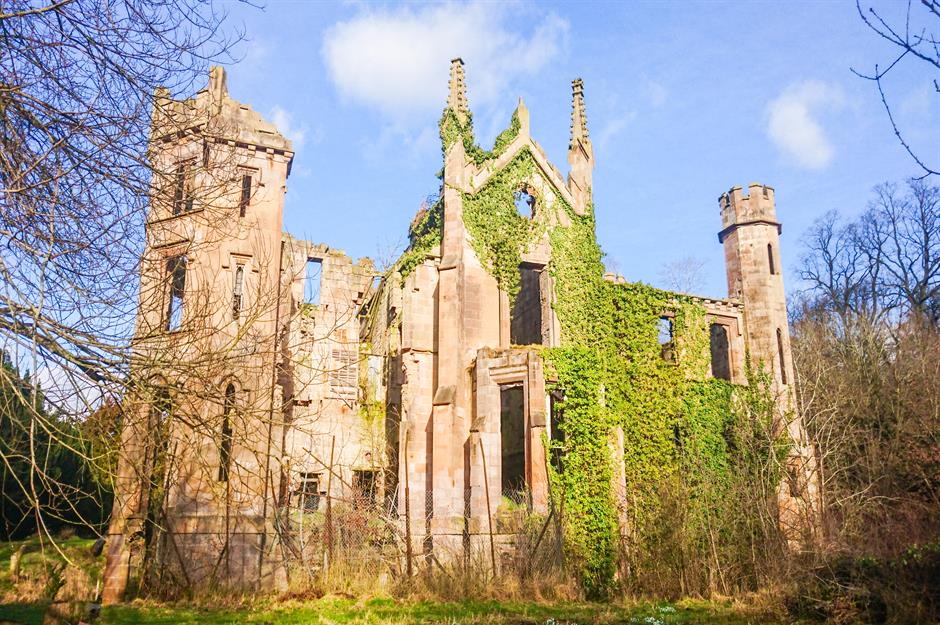
Cambusnethan House, North Lanarkshire, UK
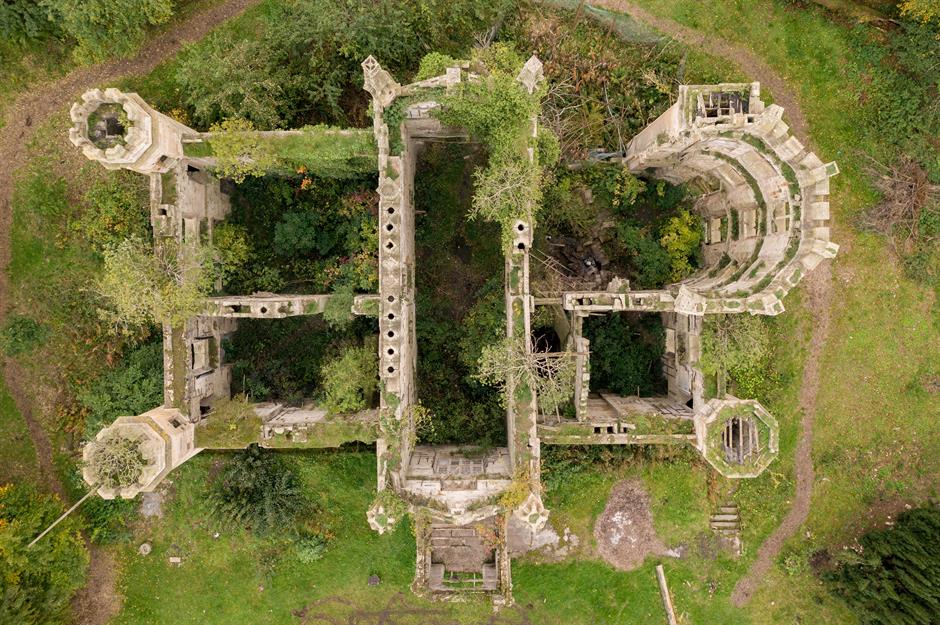
During the 1970s, the castle was used as a hotel that hosted mock medieval banquets, but in 1985 it was seriously damaged by a fire and is now registered as at risk by the Scottish Civic Trust. Once surrounded by perfectly kept gardens, it's now been taken over by nature, with foliage growing through the roofless skeleton of the building.
Cambusnethan House, North Lanarkshire, UK
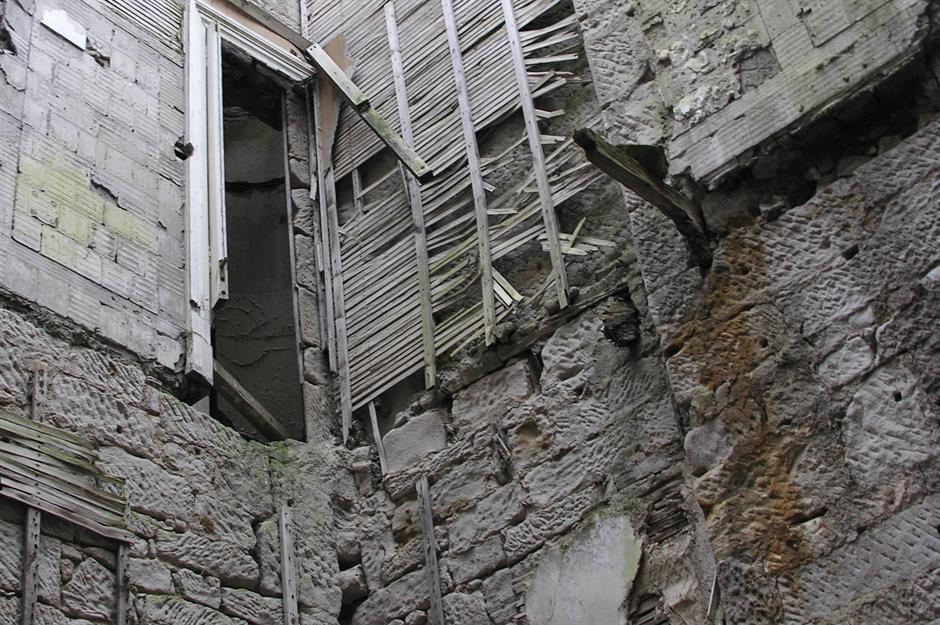
Built from yellow ashlar sandstone, the grand house has certainly seen better days. Inside, it once featured decorative hearths, carved motifs and the family crest – a casket, heart and a lock – etched on every balustrade of the main staircase. It's rumoured that the Lockharts are so named because their early ancestors carried Robert the Bruce's heart back from the Holy Land following the Crusades.
Cambusnethan House, North Lanarkshire, UK
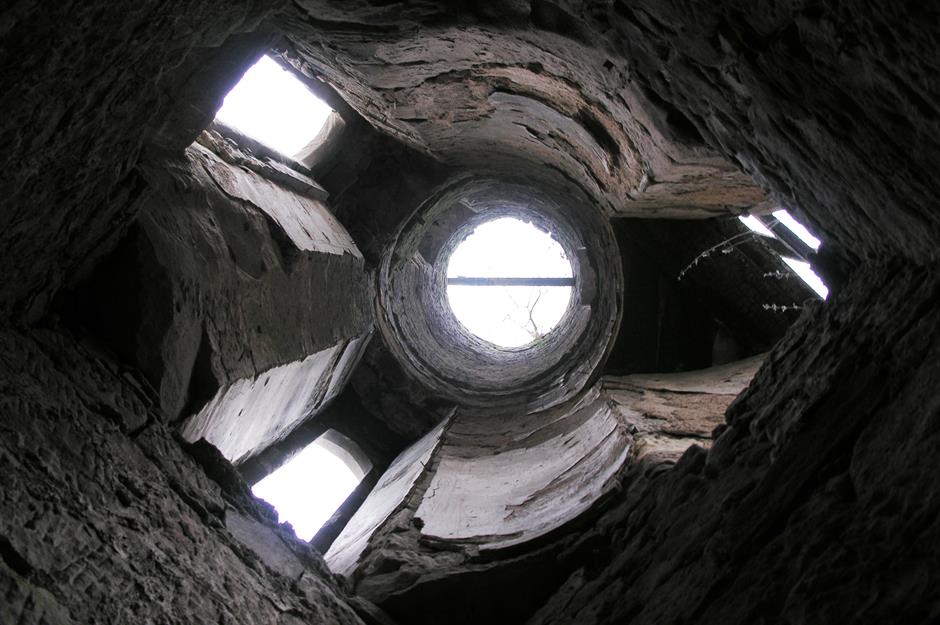
Now lacking a roof, the building is in a state of ruin. Few windows frames have survived over the years and the building is dotted with graffiti. Part of the structure has totally collapsed, while many of the walls are unstable.
Chateau Miranda, Namur, Belgium
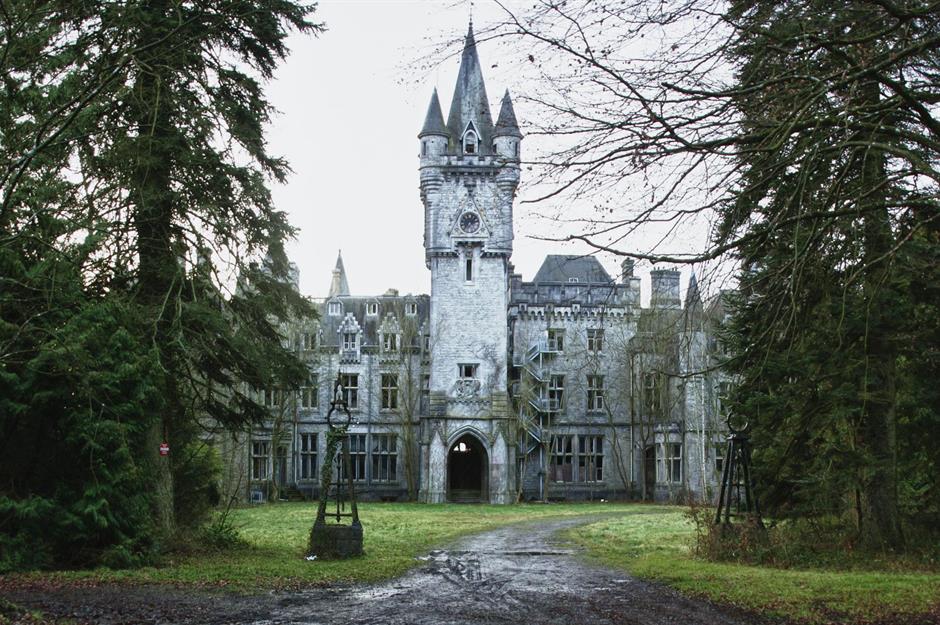
Despite its regal, Gothic looks, this stately home has a tragic past. Located in the village of Celles in Belgium, Chateau Miranda was designed in 1866 by English architect Edward Milner for the Liedekerke-Beaufort family. In the Second World War it was taken over by Nazi forces, then used as an orphanage, followed by a holiday camp.
Chateau Miranda, Namur, Belgium
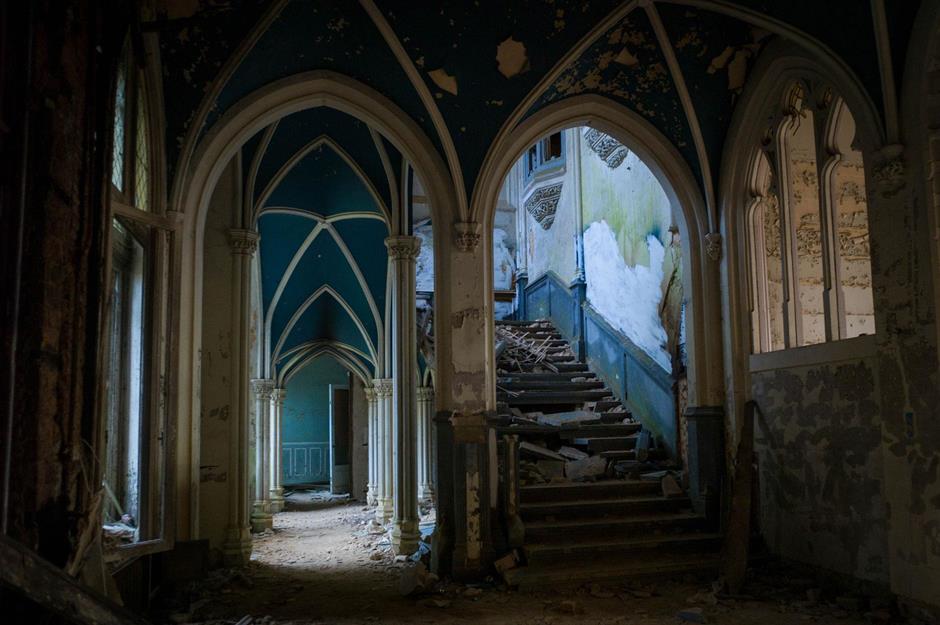
Chateau Miranda, Namur, Belgium
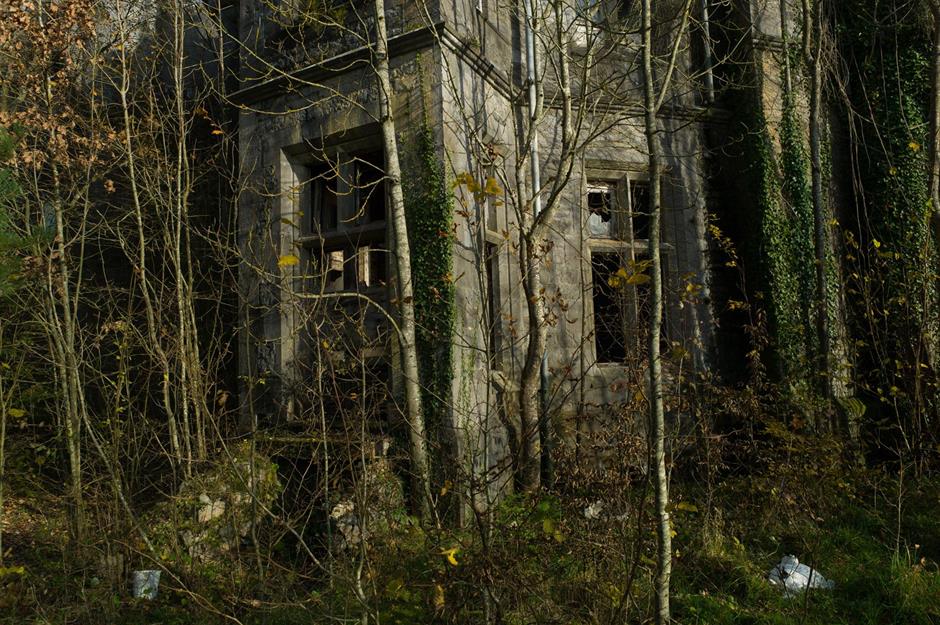
Chateau Miranda, Namur, Belgium
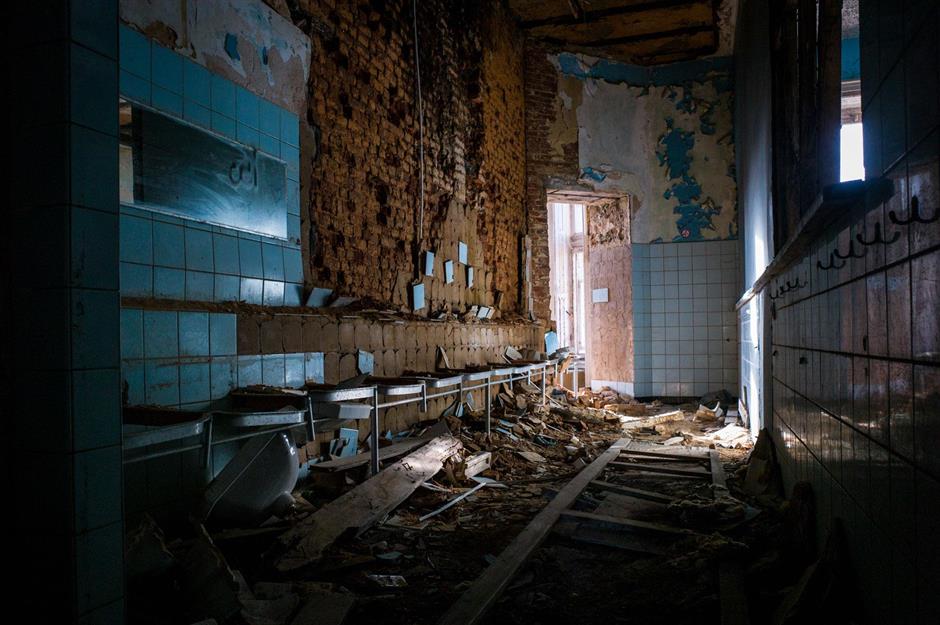
Diver's Palace, Lower Silesia, Poland
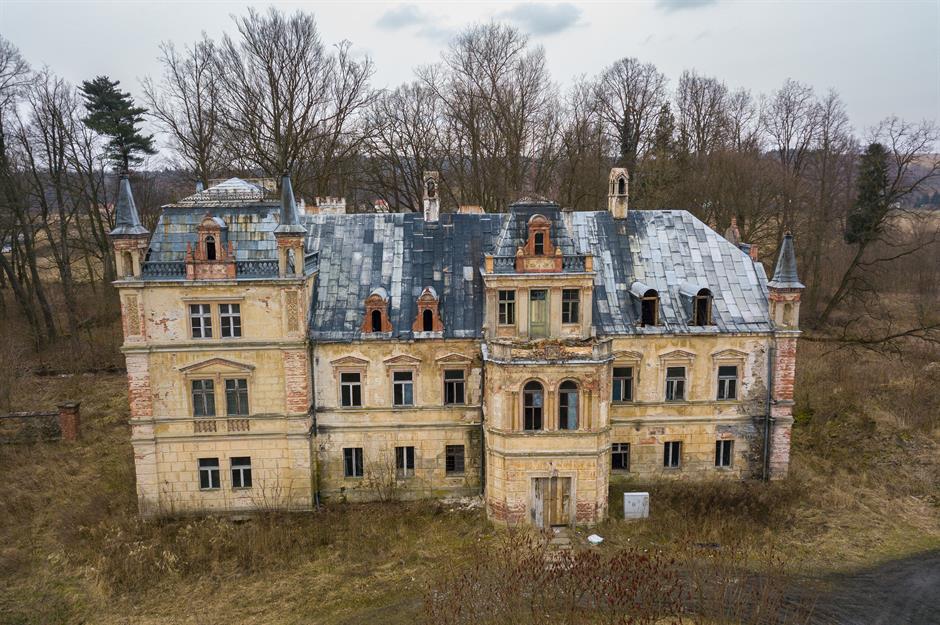
This forgotten castle in the region of Lower Silesia, Poland has been inexplicably left to the elements. While little is known about this mysterious building, the architectural style would seem to date back to the 18th century. The house proved irresistible for Broken Window Theory, who risked life and limb to take a look around the palace...
Diver's Palace, Lower Silesia, Poland
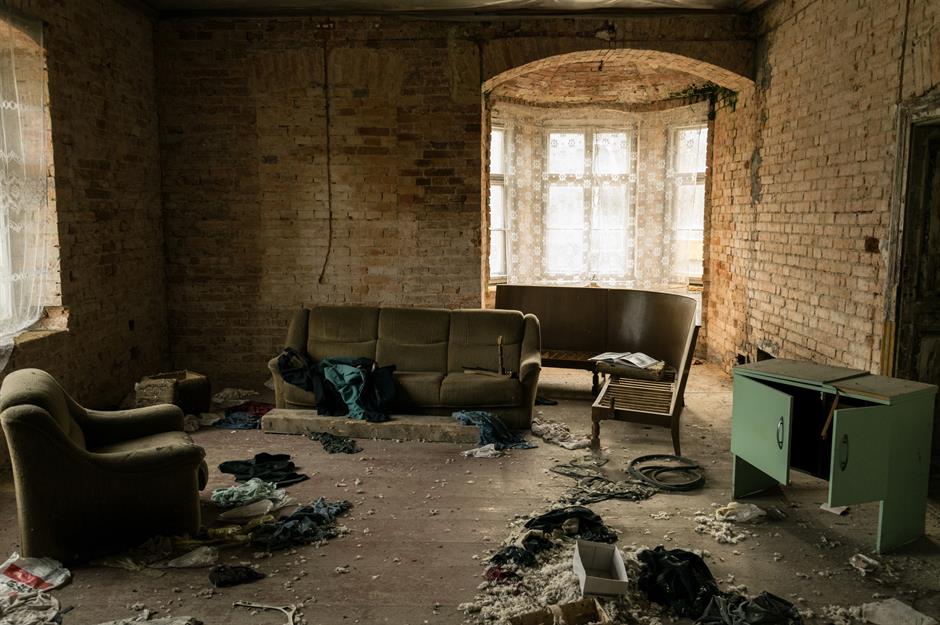
Diver's Palace, Lower Silesia, Poland

Diver's Palace, Lower Silesia, Poland
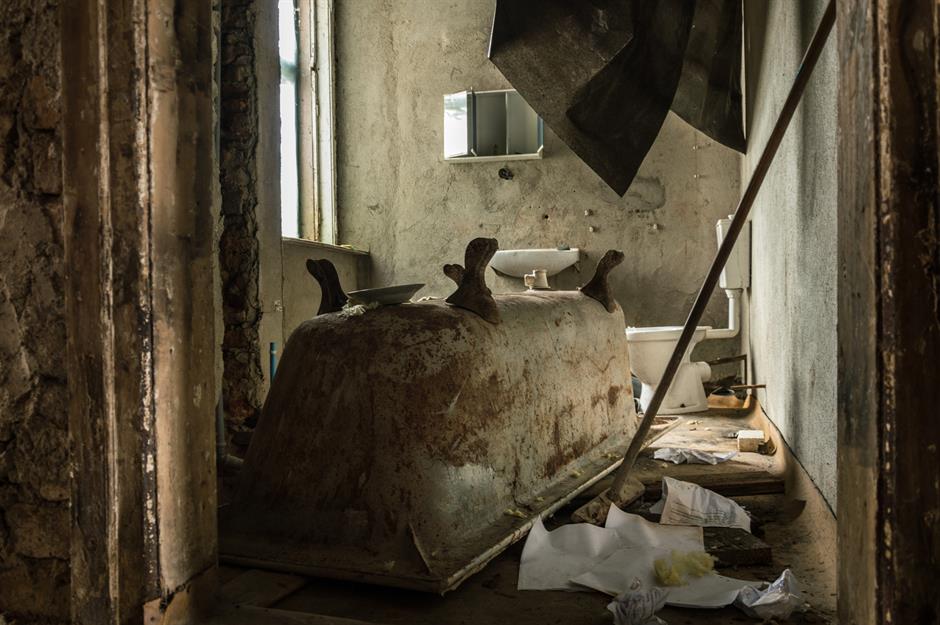
While some signs of the palace's regal past still linger, including marble steps and velvet drapes, the castle is largely derelict. Collapsed ceilings and destabilised floors make it almost impossible to restore the house's structural integrity.
Kirby Hall, Northamptonshire, UK
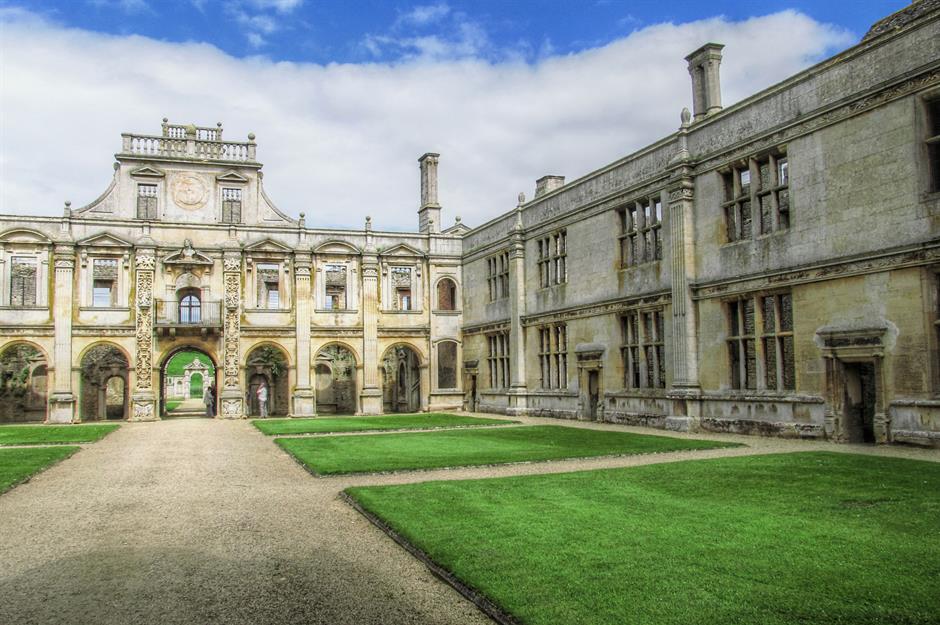
Once considered among England's greatest 16th-century buildings, Kirby Hall was most notably owned by Sir Christopher Hatton, Lord Chancellor to Queen Elizabeth I, in the 1580s. The grand façade is built from white Barnack stone and its design was taken from a book of French architectural patterns – a bit like the Elizabethan version of a flat-pack home! However, this stunning stately home is struggling to survive.
Kirby Hall, Northamptonshire, UK

It remained as the Hatton family seat until 1764, when it was passed onto the Finch-Hattons, before being finally abandoned in the 1800s when the family moved into a more modern build. All those years stood empty took a huge toll on the once-palatial house: the lead was stripped from the roof, the oak wainscotting was taken to decorate other houses and even the stones were used to repair farmhouses and build roads.
Kirby Hall, Northamptonshire, UK
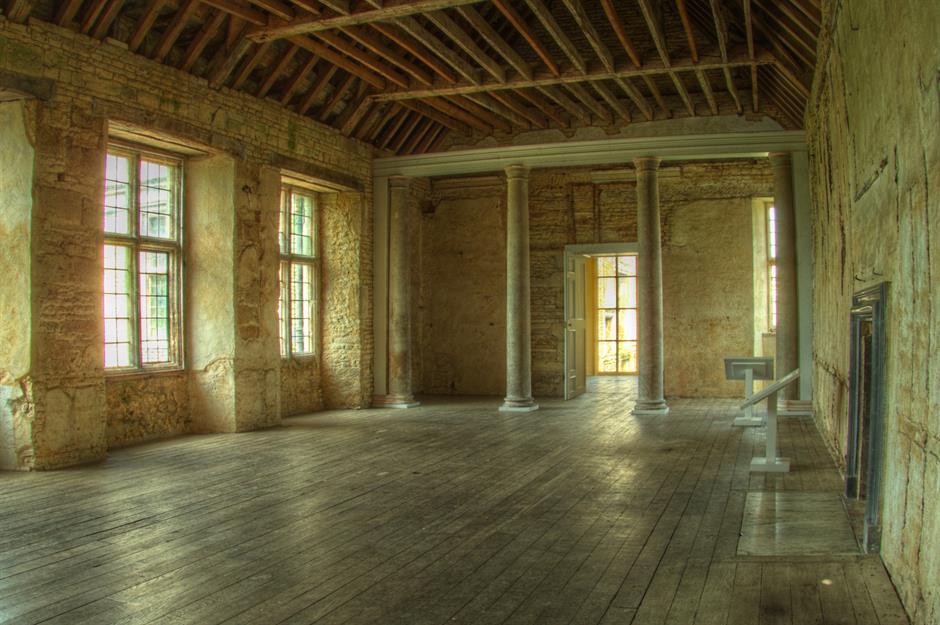
Kirby Hall, Northamptonshire, UK
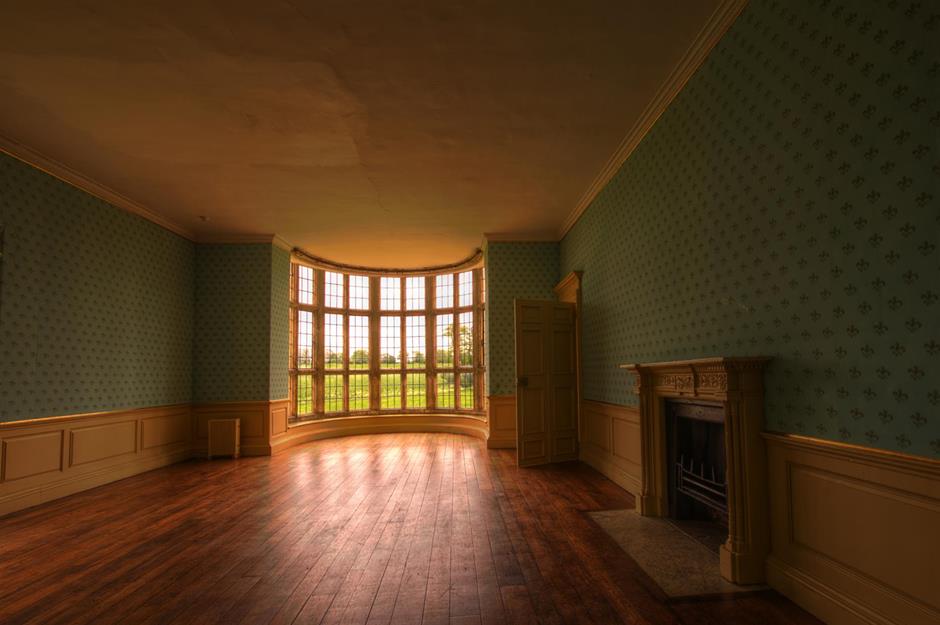
Sammezzano Castle, Tuscany, Italy
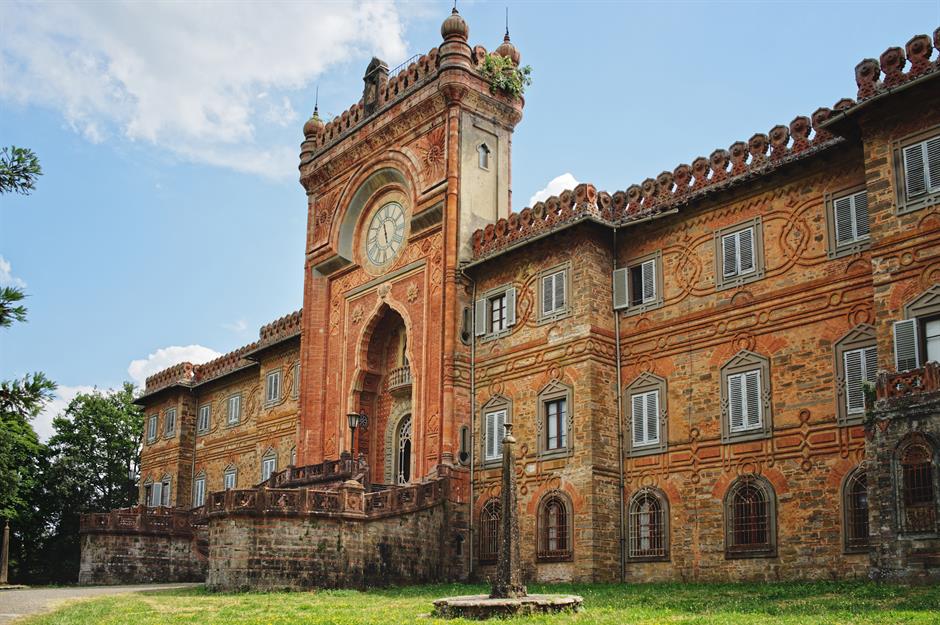
Sammezzano Castle, Tuscany, Italy

Inside, the elaborate décor is as pristine as the day it was made. The bright colours and glorious patterns continue to dazzle despite the building having stood empty since it was abandoned in the 1990s. Although uninhabited, the house hasn't been forsaken. Could you turn your back on such an incredible place?
Sammezzano Castle, Tuscany, Italy
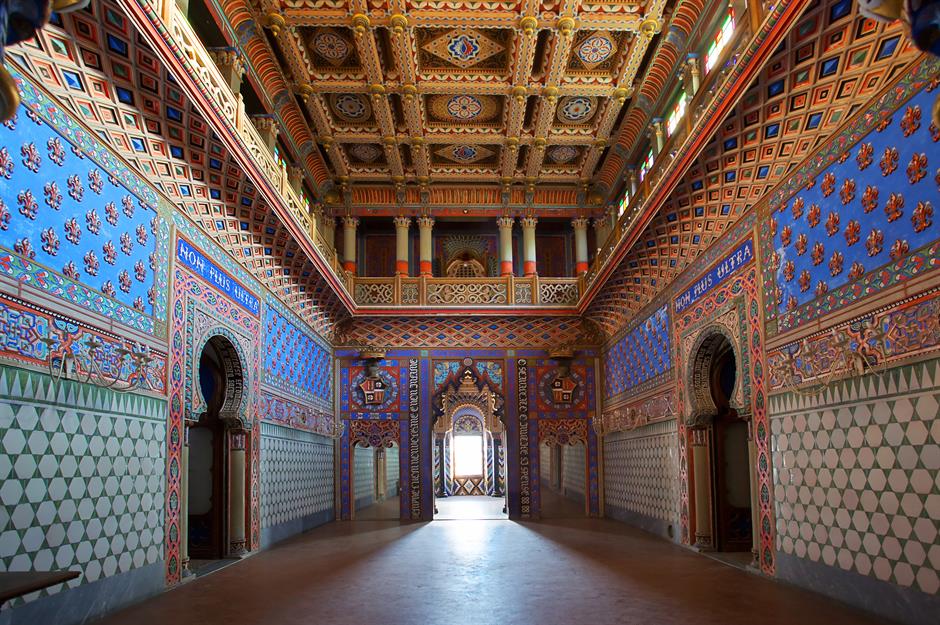
Sammezzano Castle, Tuscany, Italy
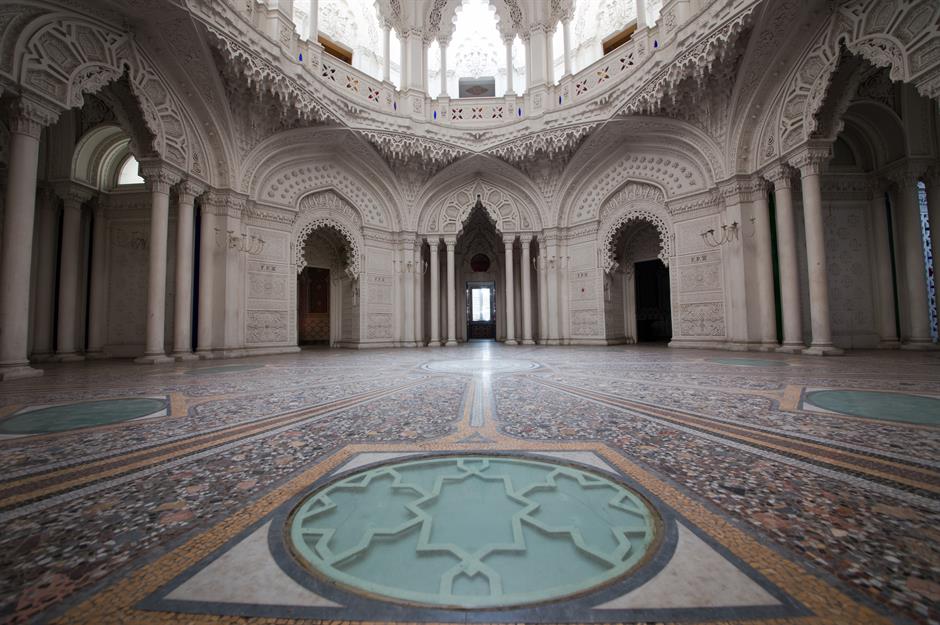
Today, the castle still doesn't have an active owner despite being put up for sale and auctioned a number of times. Last on the market for £14.5 million ($18.8m) in December 2018, the castle is still in need of rescue. We can only hope that a dashing prince or princess will turn up soon to save this fairytale castle...
Reinhardsbrunn Castle, Thuringia, Germany
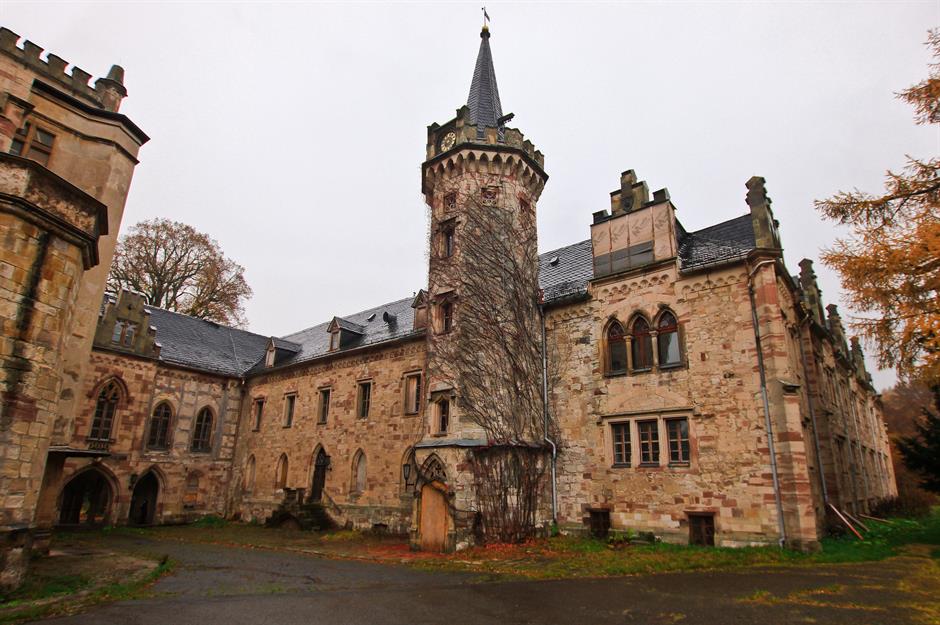
Built in 1827 on the grounds of a monastery, the current incarnation of Reinhardsbrunn Castle was constructed by Duke Ernest I of Saxe-Coburg and Gotha who was the father of Prince Albert, and went on to become the father-in-law to Queen Victoria. Influenced by the so-called 'English style', the castle was intended as a summer residence surrounded by picturesque parkland.
Reinhardsbrunn Castle, Thuringia, Germany
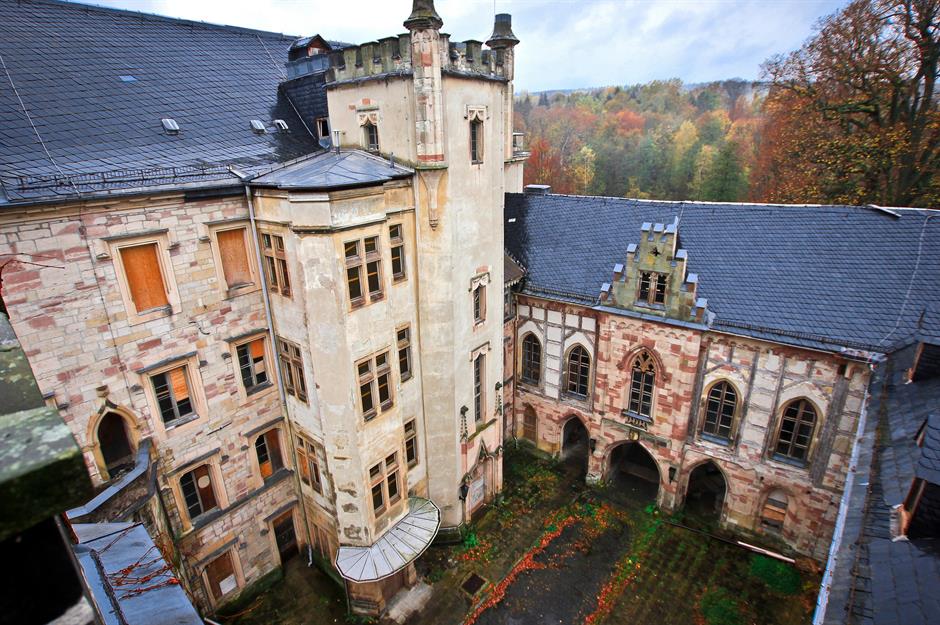
The house stayed in Prince Albert's family up until the end of the Second World War, after which time it fell under the control of the East German state and was used as a military hospital and as a government venue and showpiece hotel. After the reunification of Germany, the castle was recognised as a historic monument in 1992 by the State of Thuringia. It was bought and sold by various travel companies in the intervening years and has since been left to wrack and ruin.
Reinhardsbrunn Castle, Thuringia, Germany
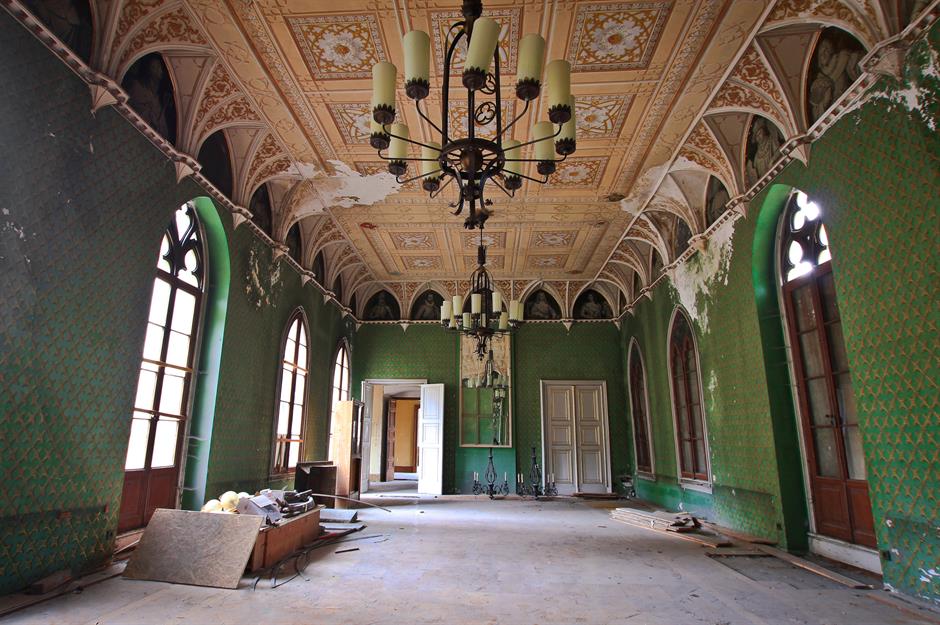
In 2008, it was purchased by Russian investors but they left the castle to rot even further over the years and eventually the state was forced to take action to save Reinhardsbrunn. This room would once have hosted high-society soirées, but with peeling wallpaper and debris littering the floor, it's no longer in its prime, though the decorative carvings are still breathtaking.
Reinhardsbrunn Castle, Thuringia, Germany
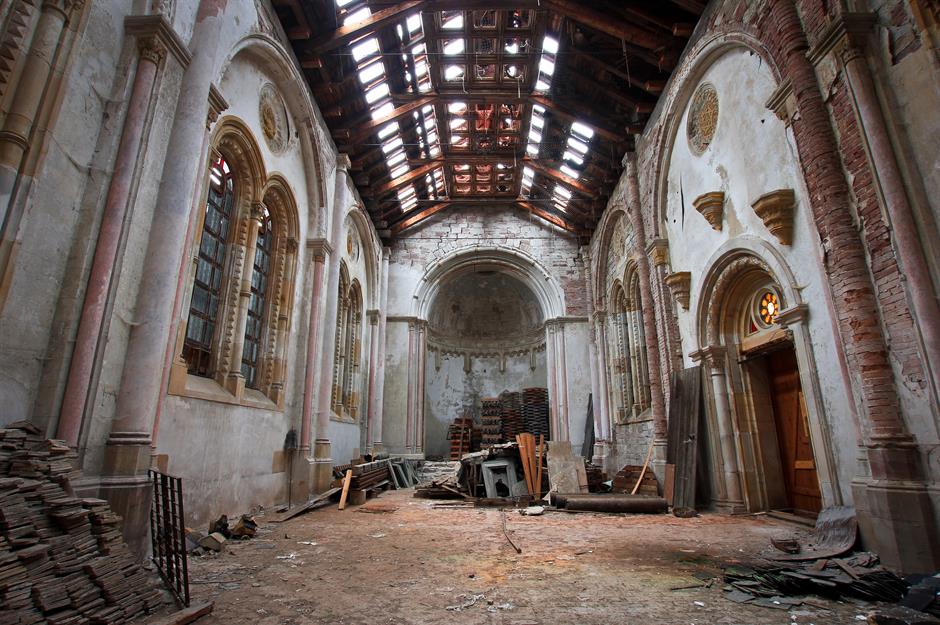
According to reports, the state acquired the castle for a nominal fee of just one euro, and without taking on the huge mortgage that should have come with it. Still awaiting renovation, we can only hope that this grand building will be restored to its former glory.
Pidhirtsi Castle, Lviv Oblast, Ukraine
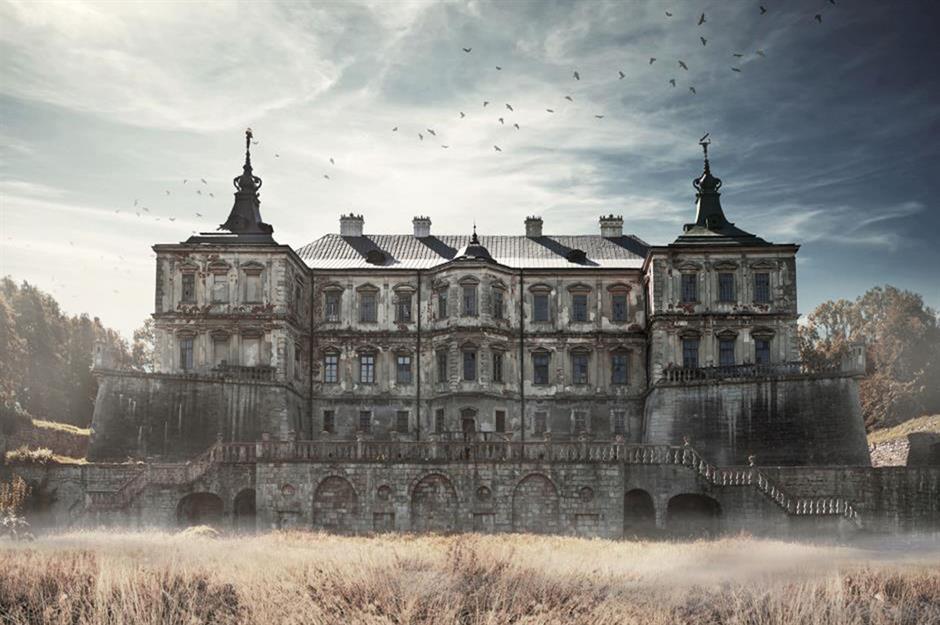
Regarded as one of the grandest buildings in Ukraine, Pidhirtsi Castle was built between 1635 and 1640 for Grand Crown Hetman Stanisław Koniecpolski of the Polish-Lithuanian Commonwealth. This spooky castle was passed down through a handful of aristocratic bloodlines until the Rzewuski family sold the property to Polish nobleman Wladyslaw Sanguszko in 1869. The castle was inhabited until the First World War.
Pidhirtsi Castle, Lviv Oblast, Ukraine
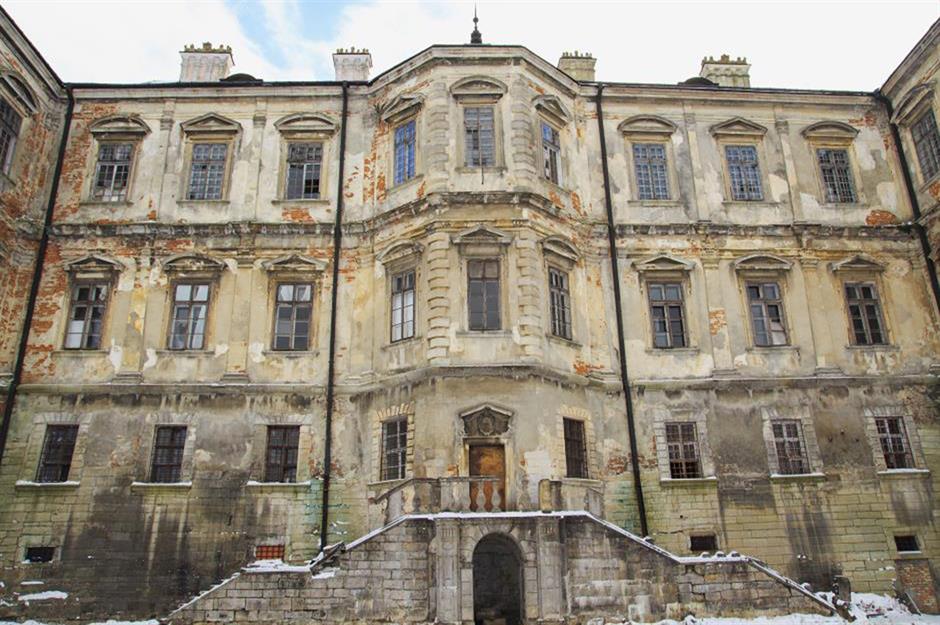
Pidhirtsi Castle, Lviv Oblast, Ukraine
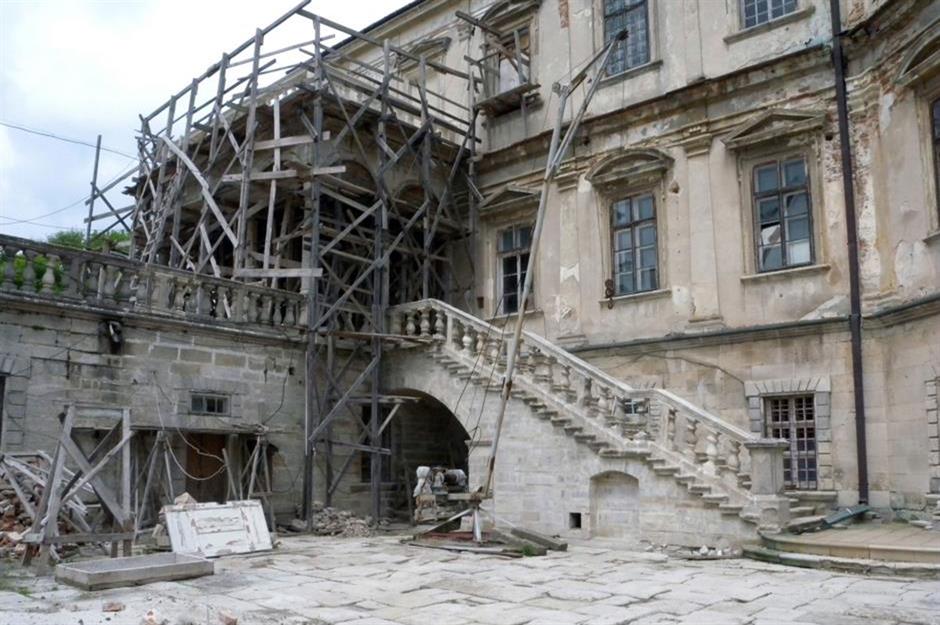
The castle was owned by Prince Roman Sanguszko of Poland during the interwar years but was in a very sorry state. At the outbreak of the Second World War in 1939, Prince Sanguszko fled to Brazil and Soviet forces took over the house. After it was confiscated, it was used as a tuberculosis sanatorium in the post-war years.
Pidhirtsi Castle, Lviv Oblast, Ukraine
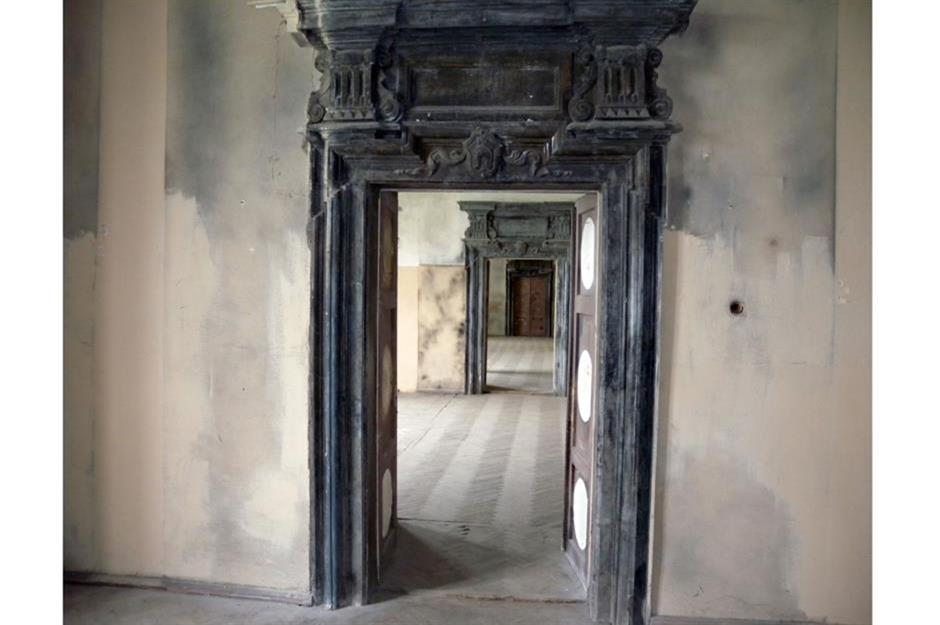
In 1956, a catastrophic fire devastated the castle and the property was abandoned. After lying empty for decades, it was procured by the Lviv Art Gallery in 1997 and converted into a museum. While the castle is still in pretty bad shape, the gallery is working to restore Pidhirtsi to its former grandeur.
Loved this? Like and follow us on Facebook for more breathtaking abandoned places.
Comments
Be the first to comment
Do you want to comment on this article? You need to be signed in for this feature